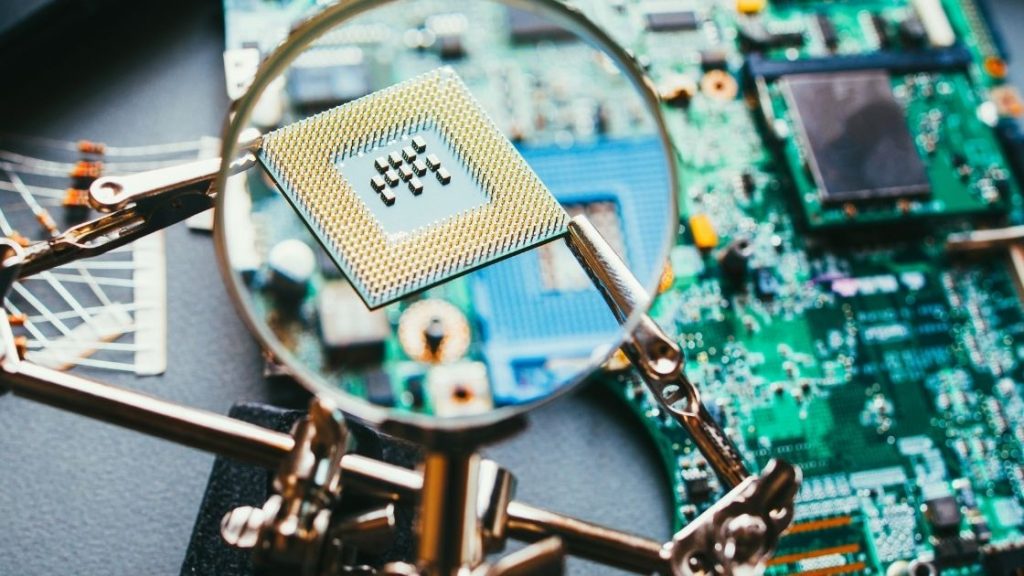E-Waste Management and the Challenge of Handling Vast IT Equipment
3 min read
Introduction
In the digital age, the rapid advancement of technology has led to a significant increase in the production and consumption of electronic devices. While these devices have undoubtedly transformed various aspects of our lives, they have also given rise to a pressing global issue: electronic waste, commonly known as e-waste. E-waste comprises discarded electronic devices, including computers, smartphones, tablets, and other IT equipment, which pose environmental and health risks if not managed properly. This comprehensive analysis delves into the complexities of e-waste management, focusing on the challenges associated with handling vast amounts of IT equipment. From environmental concerns to regulatory frameworks and innovative solutions, this exploration aims to shed light on the multifaceted issue of e-waste and the strategies required to manage the ever-growing influx of electronic devices.

I. The Rise of Electronic Waste: A Global Challenge
- 1.1 E-Waste Definition and Classification
- Defining e-waste and categorizing electronic devices based on their environmental impact and recyclability.
- 1.2 The Global Surge in E-Waste
- Analyzing the exponential growth of e-waste worldwide, examining the contributing factors such as technological advancements, consumerism, and planned obsolescence.
- 1.3 Environmental and Health Impacts
- Exploring the adverse effects of e-waste on the environment, including soil and water contamination, as well as its impact on human health due to hazardous substances like lead, mercury, and cadmium.

II. Managing IT Equipment: Challenges and Solutions
- 2.1 The Proliferation of IT Devices
- Examining the widespread use of IT equipment in various sectors, from businesses and healthcare to education and entertainment, and its implications for e-waste management.
- 2.2 Obstacles in IT Equipment Disposal
- Identifying challenges faced by organizations in disposing of large volumes of IT equipment, including data security concerns, cost implications, and lack of awareness about e-waste recycling options.
- 2.3 Regulatory Frameworks and Compliance
- Surveying international and regional regulations governing e-waste management, discussing their effectiveness, and exploring case studies of countries successfully implementing e-waste policies.
- 2.4 Innovative Solutions and Best Practices
- Highlighting innovative approaches and best practices adopted by businesses, governments, and non-profit organizations to responsibly manage IT equipment, reduce e-waste, and promote circular economy principles.
III. The Role of Technology Companies and Consumers
- 3.1 Corporate Social Responsibility
- Analyzing the role of technology companies in e-waste management, examining corporate social responsibility initiatives, sustainable product design, and extended producer responsibility programs.
- 3.2 Consumer Awareness and Behavior
- Investigating the role of consumer awareness campaigns, e-waste recycling initiatives, and eco-friendly product choices in mitigating the impact of e-waste.
IV. Case Studies and Success Stories
- 4.1 Successful E-Waste Management Programs
- Showcasing case studies of countries, cities, and organizations implementing effective e-waste management programs, emphasizing their strategies, challenges faced, and outcomes achieved.
- 4.2 Technological Innovations in E-Waste Recycling
- Highlighting innovative technologies and methods employed in e-waste recycling processes, including advanced sorting techniques, sustainable materials recovery, and eco-friendly disposal methods.
V. Future Trends and Recommendations
- 5.1 Emerging Technologies and Trends
- Exploring upcoming technologies such as modular electronics, eco-friendly materials, and biodegradable components that have the potential to revolutionize the IT industry and reduce e-waste.
- 5.2 Recommendations for Sustainable E-Waste Management
- Providing actionable recommendations for governments, businesses, and consumers to promote sustainable e-waste management practices, including policy improvements, awareness campaigns, and collaborative initiatives.
Conclusion
E-waste management, particularly concerning vast amounts of IT equipment, is a critical challenge that demands urgent attention and innovative solutions. As technology continues to advance, the need for responsible e-waste management practices becomes increasingly vital. By understanding the complexities of e-waste, adopting sustainable approaches, and fostering collaboration between governments, businesses, and consumers, society can address this global issue effectively. Embracing a circular economy mindset, promoting eco-design principles, and investing in research and development are essential steps toward creating a more sustainable future, where electronic devices enhance lives without compromising the environment and human health.







